We are in the first heat dome of this summer in eastern North America. This is stressful for people, animals, and plants. The best strategy is to avoid the heat by taking shelter or staying in the shade. How much does shade make a difference? Let’s have a look. Here are the results of a study of surface temperatures I made during a previous heat dome in central Kentucky. I took these measurements on a day when the atmospheric temperature was 90-91F*.
*I used degrees fahrenheit (F) because the intended audience of the study was American lay people, who are unused to Celsius temperatures.
These images, 1-3, show the surface temperature in unshaded areas. 1 and 2 show asphalt pavement with temperatures of 134F and 123F, over 30 F warmer than the surrounding air (90F). 3 was surprising, as it is mulch with some shade. Yet it was 50F warmer thant the surrounding air. This is probably because of the use of dark mulch.
Now, let’s look at the effects of shade. Here are two grass swards, 4 without shade, 5 with moderate shade. Note that although 4 was in grass, it was nevertheless 24F hotter than the air temperature. Grass in full sun cannot transpire enough to remain cool. 5 is a lawn in the shade of a tree, and the surface temperature is 6F cooler than the air.
Now, let’s look at streets and yards shaded by tree cover. 6 and 7 show shaded asphalt pavement shaded by tree canopies, with surface temperatures 2 to 4 degrees cooler than the air temperature. This would be quite pleasant for a bike ride. 8 shows another lawn adjacent to 7, 5F cooler than the air, perhaps a combination of shade and ground cover transpiration.
Image 9 is a view of the entire neighborhood with the air temperature 3.5F cooler than the surrounding unshaded neighborhood. I think we can all agree that a stroll along these sidewalks in the shade would be quite pleasant.
The solution to our climate crisis is obvious: stop burning fossil fuels. The good news is that the transition to renewable is under way worldwide. However, it is going to take a very long time to move back to a more livable climate. Increasing urban shade will make our cities more pleasant and less threatening to our health.
The problem is that we are not taking urban forestry seriously enough. We engage in very bad practices - more on this in future newsletters, and we are not spending the money to reach sufficient canopy cover. We need to work with our cities to improve canopy cover as quickly as possible.
Stay cool! Your comments are welcome.



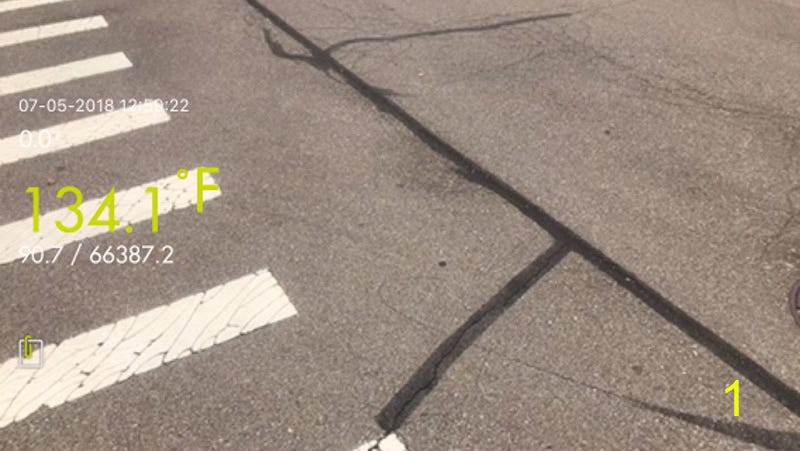

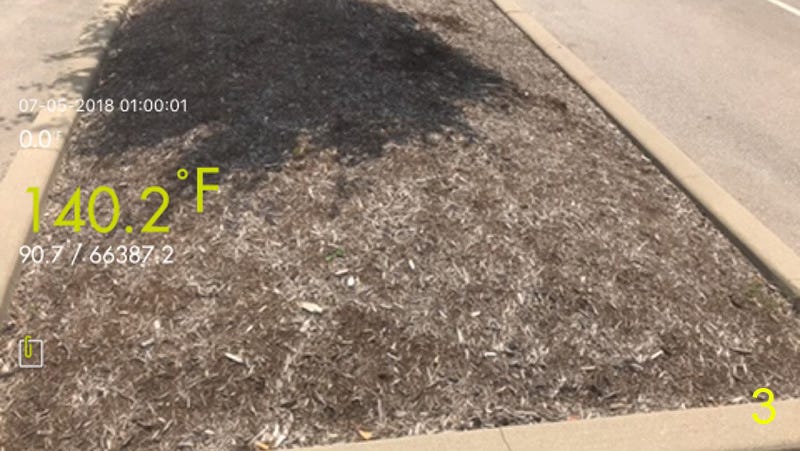
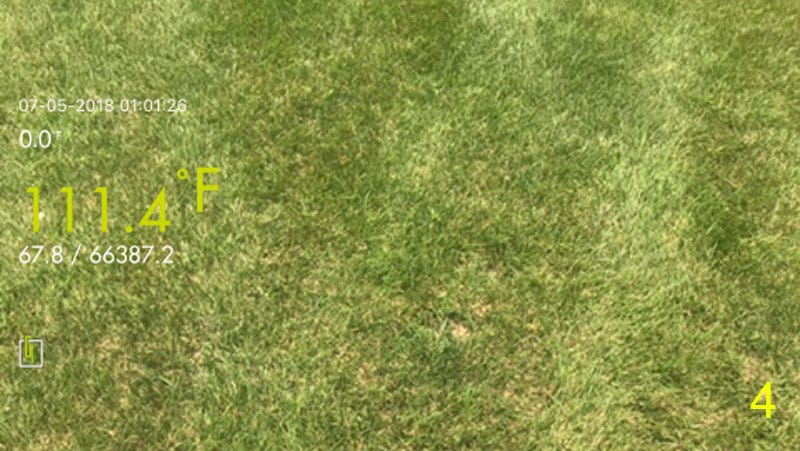
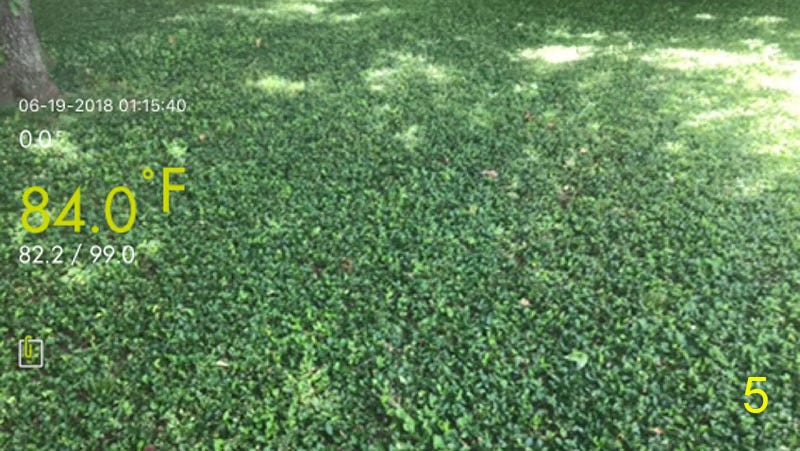



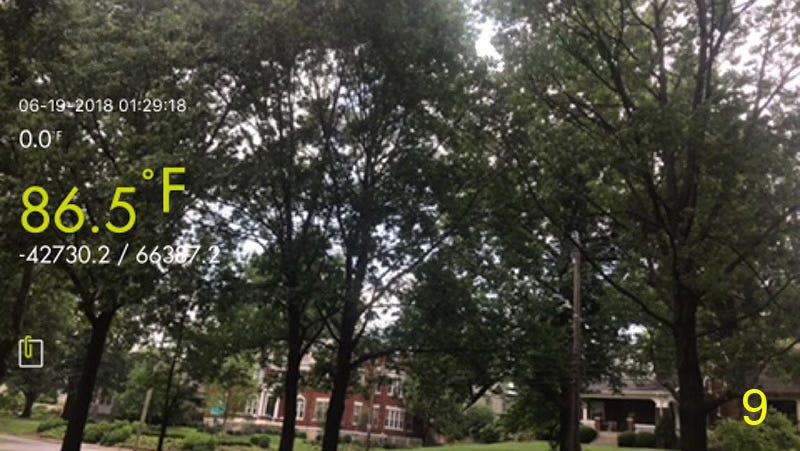
Dr. Kimmerer, what tree varieties would you recommend for shading a playground located in an exposed parking lot? There were two old hackberry trees that broke in high winds and were removed (bummer). Now that their ample shade is missing the heat is really scorching the turf on the playground...and the kids. My wife runs a preschool in Nashville. Asking for her.
Plant anything, but pay attention to the soil! We plant and then forget. We plant individual trees, forgetting the web of fungi, underground, that feeds and nourishes them. The Miyawaki method increases success rate, brings back biodiversity and grow faster. We also recommend inoculated biochar to help with nourishment and water retention.